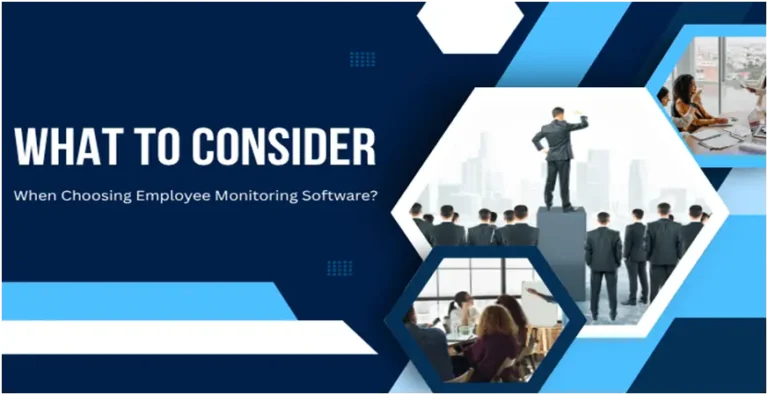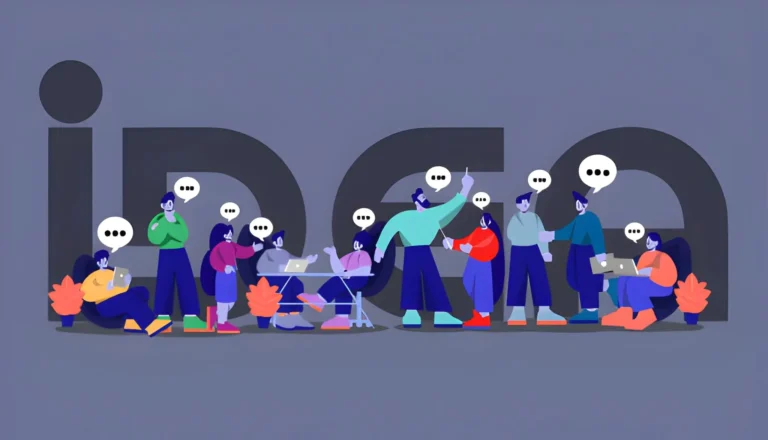Strategic Team Building: The Value of Individual Dynamics
Creating effective teams is a cornerstone of organizational success. Yet, too often, teams are formed based solely on functional roles or availability, with little consideration given to the unique attributes, working styles, and interpersonal dynamics of individual members. While technical skills and job responsibilities are important, the most effective teams are those in which individual dynamics—personality traits, communication preferences, and motivators—are intentionally considered during formation. Understanding and aligning these dynamics can significantly elevate a team’s performance, reduce friction, and improve long-term cohesion.
The Role of Self-Awareness and Interpersonal Fit
Every individual brings a distinct set of experiences, perspectives, and behavioral tendencies to the workplace. Whether extroverted or introspective, data-driven or intuition-led, employees interact and contribute in varied ways. When assembling teams without taking these differences into account, companies risk undermining collaboration and delaying productivity. For example, pairing individuals with conflicting communication styles—such as one who prefers detailed written analysis and another who works best through spontaneous brainstorming—can lead to misunderstandings unless those differences are recognized and managed proactively.
Teams with high emotional intelligence and self-awareness tend to perform better because their members understand not just their own strengths and triggers, but also those of their colleagues. Utilizing tools like behavioral assessments or personality frameworks can help leaders identify complementary traits among team members. This doesn’t mean creating homogenous groups. In fact, diversity in thinking styles and approaches is valuable—as long as the team is supported with the right structures for communication and conflict resolution. Rather than defaulting to convenience or title, aligning team composition around psychological compatibility and working styles leads to a more engaged and effective group.
Beyond Skill Sets: Motivation and Accountability
One of the most overlooked aspects of team success is understanding what motivates each individual. Some team members may thrive under public recognition, while others are driven by autonomy or long-term impact. If a project team is tasked with delivering innovation but is composed largely of risk-averse individuals, the outcome may be safe but uninspired. Conversely, a group of highly competitive, self-directed employees may struggle to collaborate unless their goals are clearly interdependent and roles are well-defined.
Clear expectations around ownership and accountability also need to be tailored to individual preferences. Not everyone responds to the same style of feedback or leadership. Managers who take time to understand the personal drivers and fears of each team member can better assign roles, set milestones, and structure incentives in ways that bring out the best in the team. Investing this effort upfront leads to smoother collaboration and stronger individual contributions throughout the project lifecycle.
Generational Differences in the Workplace
As teams become more generationally diverse, awareness of age-based values and expectations is increasingly important. Today’s workplace often brings together Baby Boomers, Generation X, Millennials, and Gen Z—all with different approaches to communication, technology, and authority. For example, while younger employees may value frequent feedback and digital-first collaboration tools, older colleagues may prefer more autonomy and face-to-face interactions.
These generational differences in the workplace can be a source of friction, but also of strength when managed intentionally. Rather than forcing uniformity, successful teams acknowledge these differences and find ways to bridge them through mentorship, flexible communication channels, and inclusive decision-making processes. By recognizing the generational dynamics at play, team leaders can ensure that everyone feels heard and valued, reducing the risk of disengagement or miscommunication.
Intentional Team Design as a Strategic Lever
Building high-performing teams is not just a human resources function—it is a strategic decision that affects every aspect of an organization’s performance. Teams that are aligned on goals but misaligned in working styles or interpersonal fit often encounter preventable setbacks. On the other hand, teams built with an understanding of individual dynamics are more likely to innovate, navigate challenges, and sustain momentum.
Organizations that prioritize intentional team design, incorporating personality insights, motivational drivers, and generational awareness, position themselves for greater resilience and agility. As work becomes increasingly collaborative and cross-functional, the ability to form effective, cohesive teams is not just a soft skill—it’s a competitive advantage.
Read more: Future Trends in Electric Vehicle Charging Infrastructure – Names Spark
Finding Peace in Recovery: Redefining What Luxury Rehab Means in California






